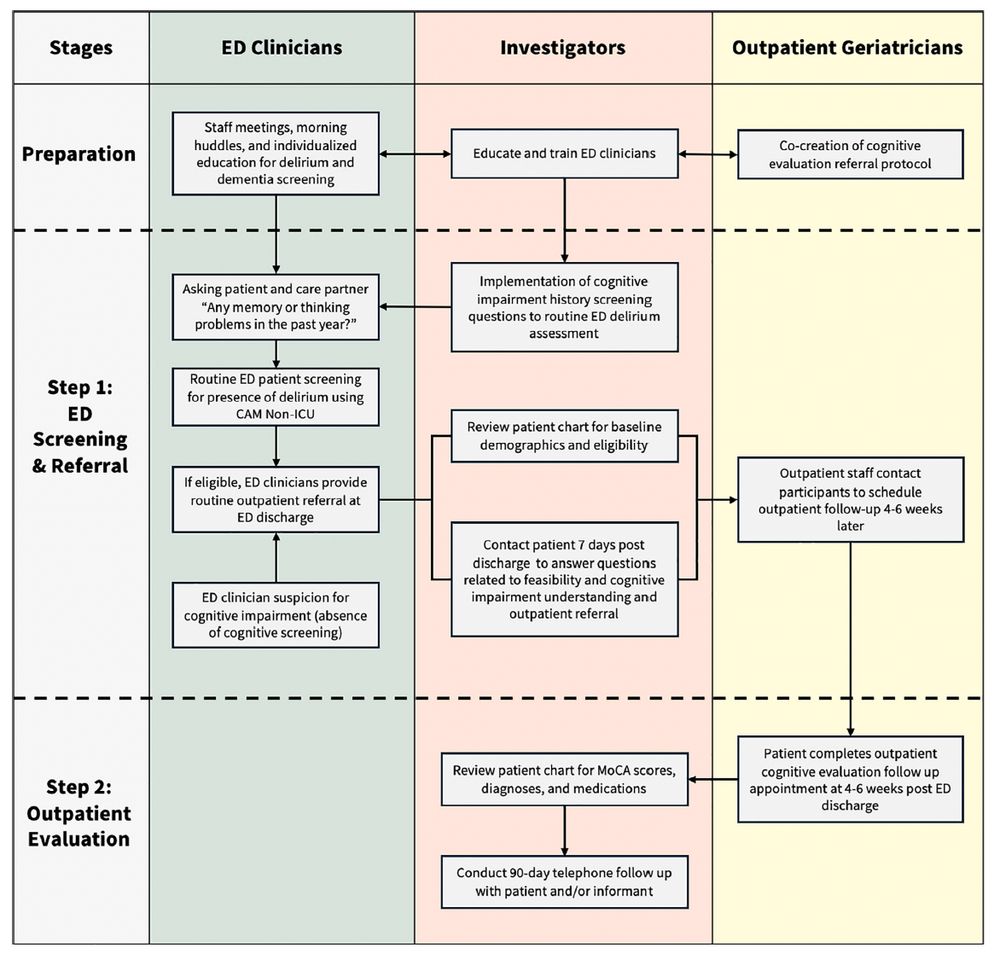
bit.ly/4cMO8M0
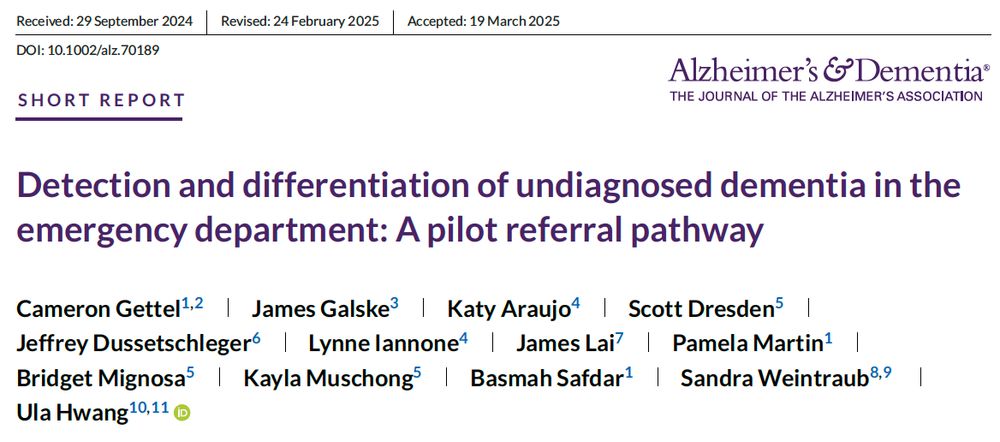
bit.ly/4cMO8M0
gearnetwork.org
pubmed.ncbi.nlm.nih.gov/34328674/
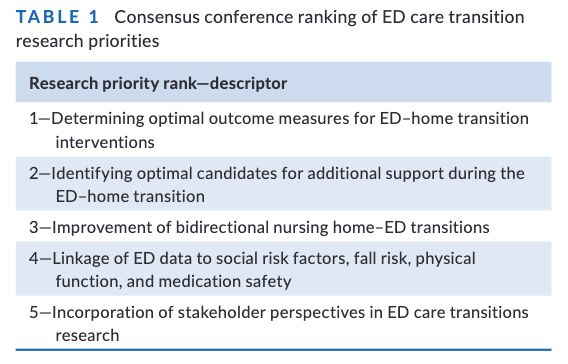
gearnetwork.org
pubmed.ncbi.nlm.nih.gov/34328674/
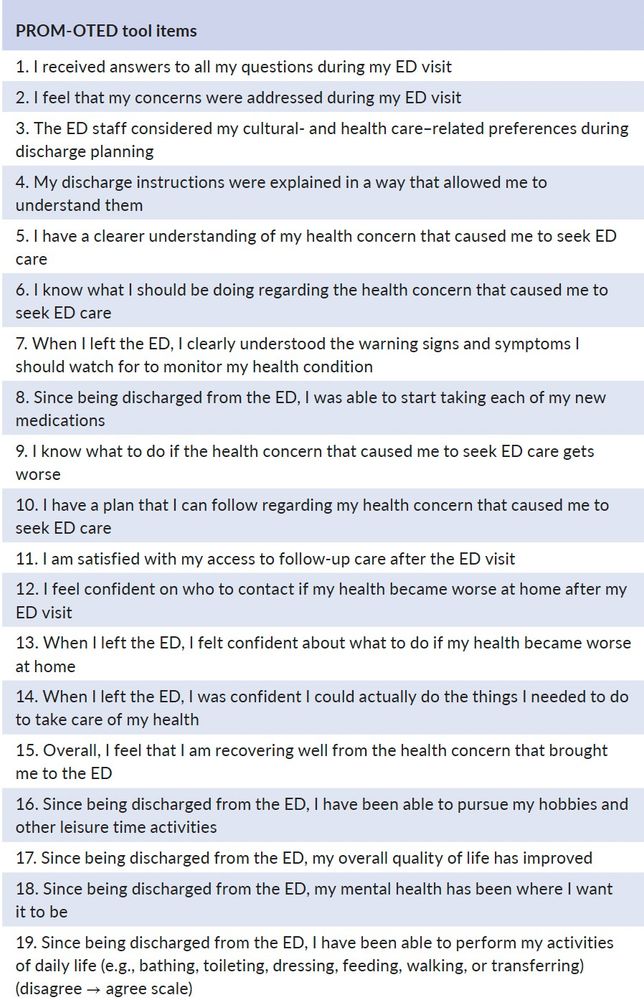
Access in @aem-journal.bsky.social: pubmed.ncbi.nlm.nih.gov/40155783/
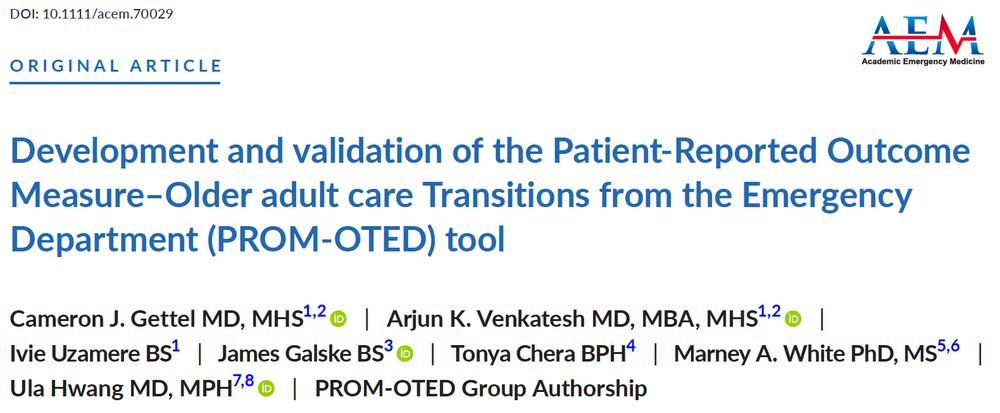
Access in @aem-journal.bsky.social: pubmed.ncbi.nlm.nih.gov/40155783/
🔎 Check out our latest published work here led by @jamesgalske.bsky.social:
bit.ly/4jojfQM

🔎 Check out our latest published work here led by @jamesgalske.bsky.social:
bit.ly/4jojfQM

bit.ly/40JgC3F

bit.ly/40JgC3F
13.8% avg annual attrition rate (2014-2021).
Women had higher attrition (14.7%) than men (11.8%).
Rural PAs/NPs faced higher attrition (15.1%) than urban counterparts (13.1%).
The EM workforce is growing but not without challenges. (3/5)

13.8% avg annual attrition rate (2014-2021).
Women had higher attrition (14.7%) than men (11.8%).
Rural PAs/NPs faced higher attrition (15.1%) than urban counterparts (13.1%).
The EM workforce is growing but not without challenges. (3/5)
Clinically, I often work with new PAs/NPs who show promise in EM, only to see them leave for other settings. PAs/NPs are critical in emergency care, especially in rural & underserved areas. This 'churn' affects not just the workforce but also the care we provide to patients. (2/5)

Clinically, I often work with new PAs/NPs who show promise in EM, only to see them leave for other settings. PAs/NPs are critical in emergency care, especially in rural & underserved areas. This 'churn' affects not just the workforce but also the care we provide to patients. (2/5)
TL;DR - Emergency PAs/NPs face a 13.8% annual attrition rate, with women and rural clinicians most affected—highlighting workforce challenges.
50 days free access:
authors.elsevier.com/a/1kSLzib7EM...
🧵 (1/5)

TL;DR - Emergency PAs/NPs face a 13.8% annual attrition rate, with women and rural clinicians most affected—highlighting workforce challenges.
50 days free access:
authors.elsevier.com/a/1kSLzib7EM...
🧵 (1/5)

